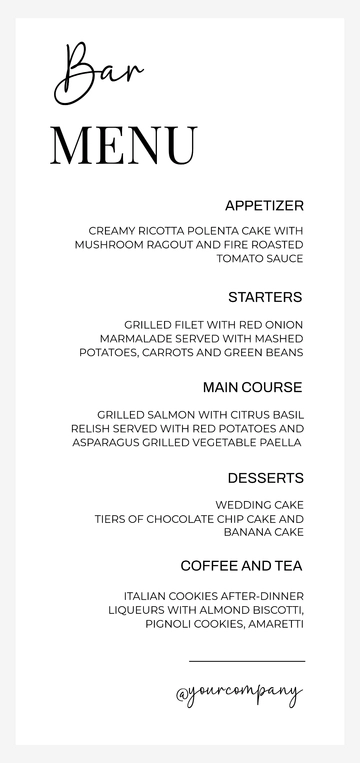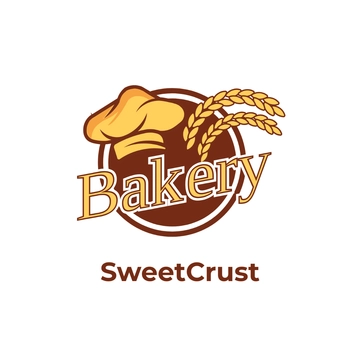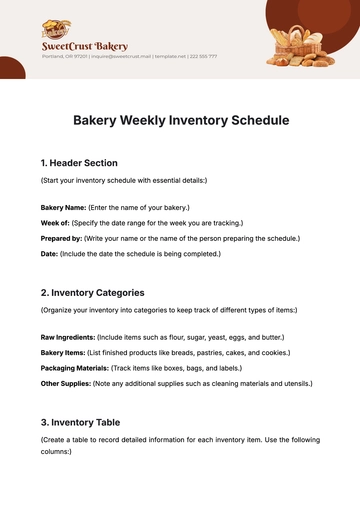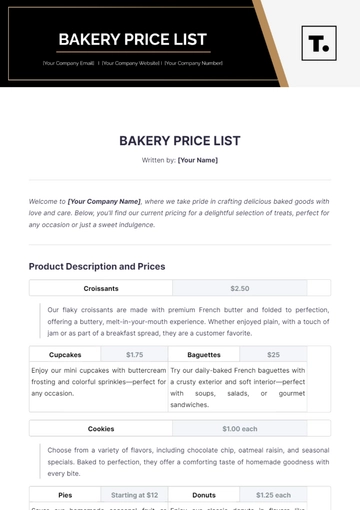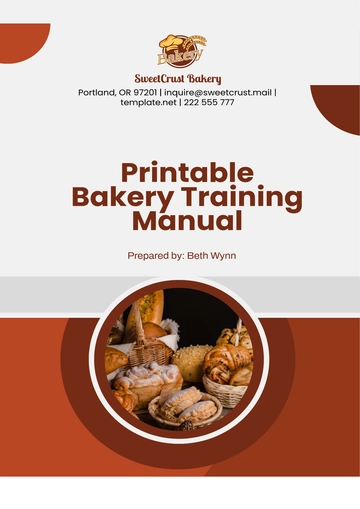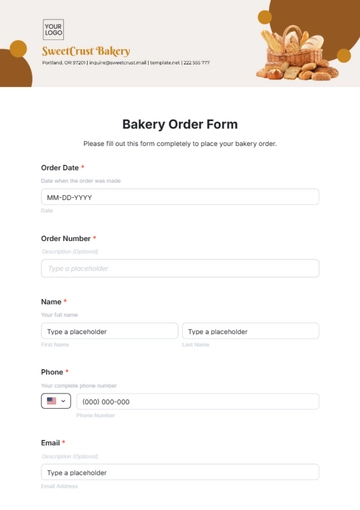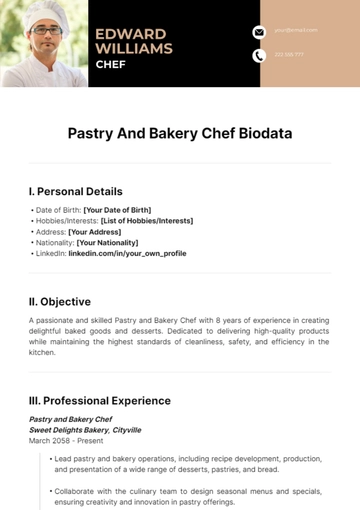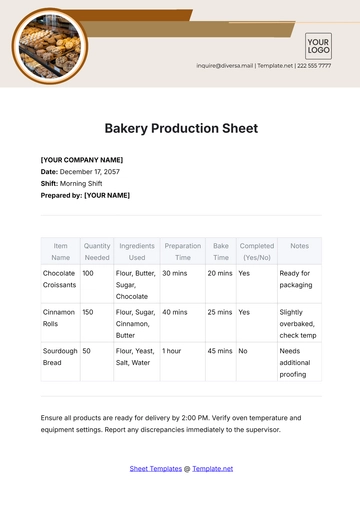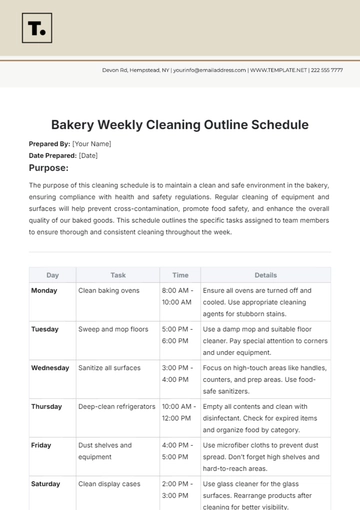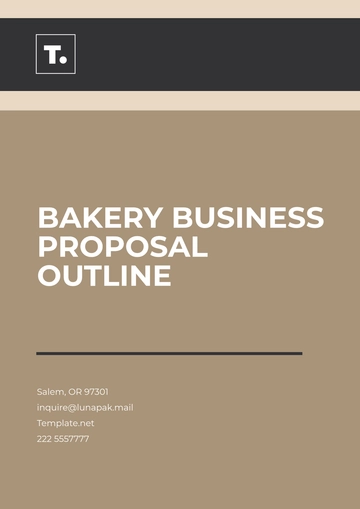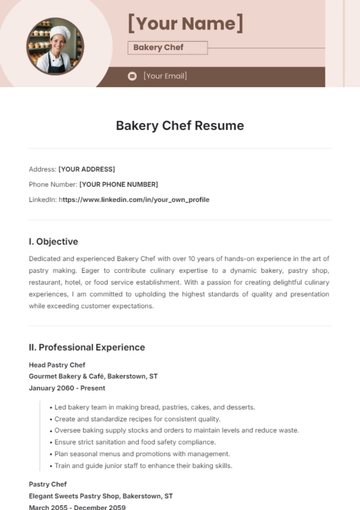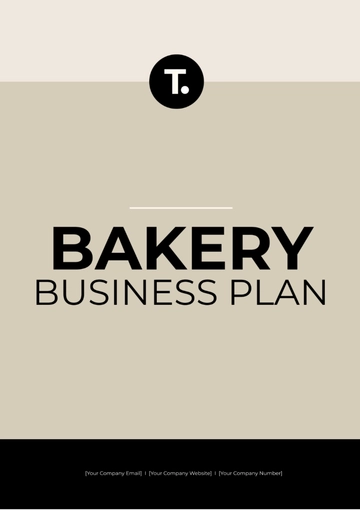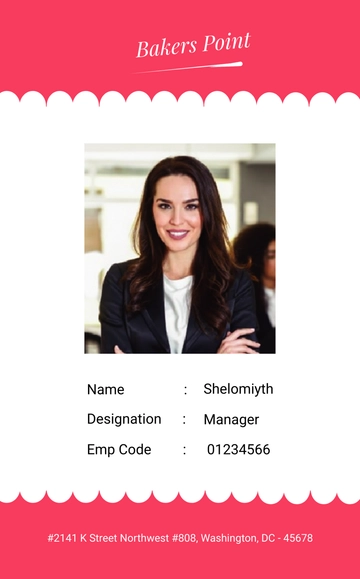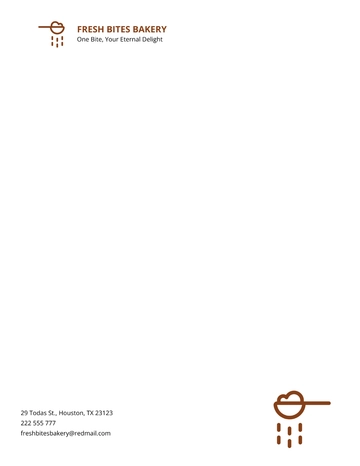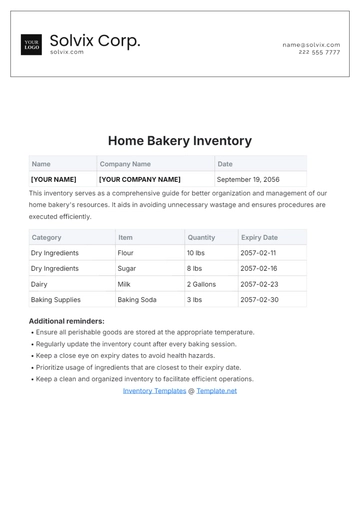Free Bakery Staff Training SOP Format
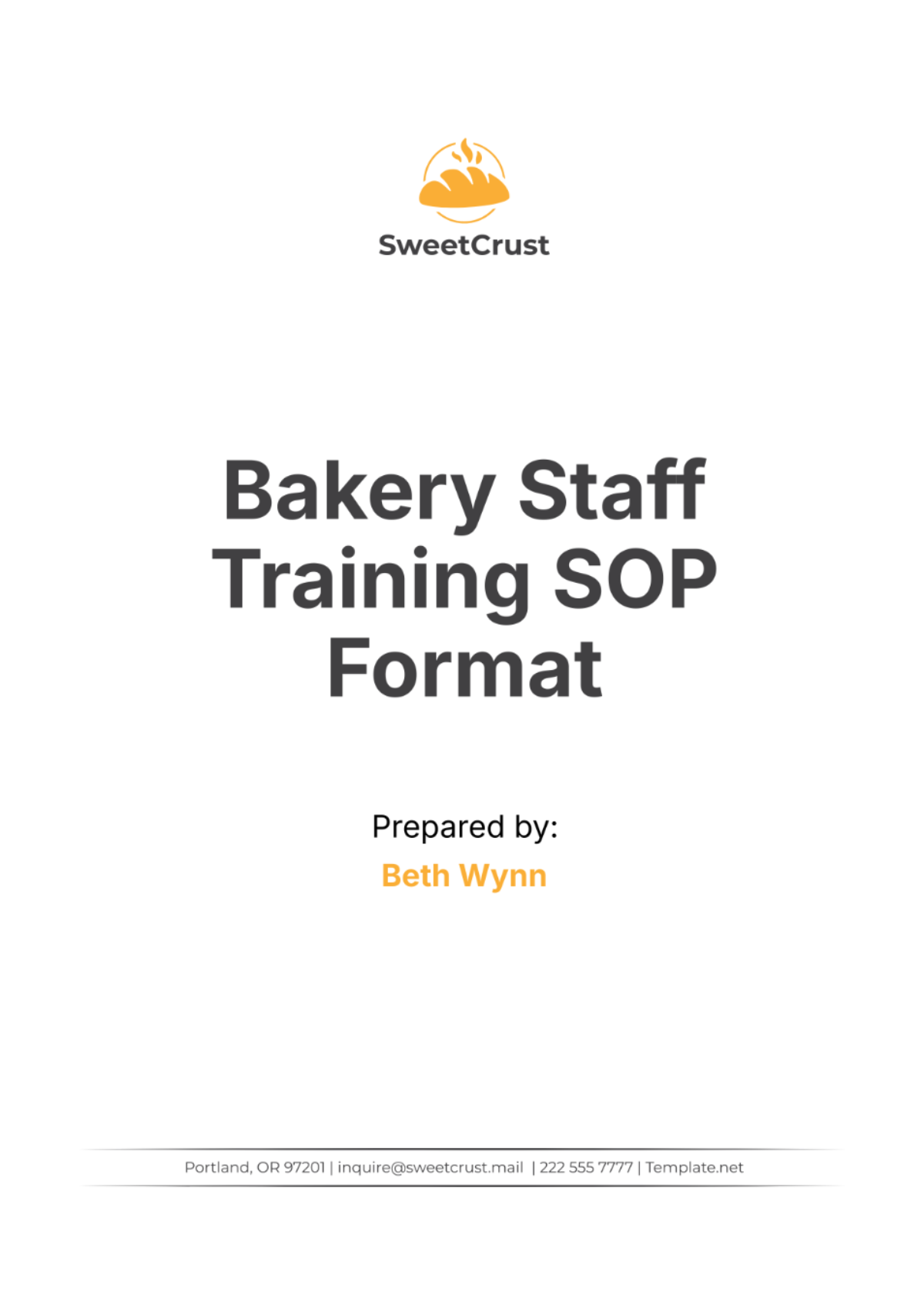
I. Introduction
A. Purpose of the SOP
The purpose of [Your Company Name]'s Standard Operating Procedure (SOP) is to standardize the training process for all bakery staff, ensuring consistent and high-quality performance across all roles. This SOP aims to provide a structured approach to training that promotes operational efficiency and compliance with safety and quality standards. By outlining clear procedures and expectations, the SOP helps minimize errors and enhances overall employee competency. It also ensures that all staff members have a thorough understanding of bakery operations and customer service practices.
B. Scope of Training
[Your Company Name]'s SOP applies to all new employees, including bakers, front-line staff, and support personnel, who are required to undergo training before commencing their duties. It also covers ongoing training for existing employees to update their skills and knowledge as needed. The training scope includes both theoretical and practical aspects of bakery operations, safety, and customer service. Additionally, it addresses the specific needs of various roles within the bakery to ensure comprehensive coverage.
C. Definitions and Terminology
Bakery Operations: Refers to the daily activities involved in running a bakery, including product preparation, inventory management, and customer interactions.
PPE: Personal Protective Equipment, such as gloves, aprons, and hairnets, used to maintain hygiene and safety in the bakery environment.
Quality Control: The process of ensuring that bakery products meet established standards of taste, appearance, and consistency.
Customer Service Protocols: Guidelines for interacting with customers to provide a positive experience and resolve any issues effectively.
D. Objectives of Staff Training
The primary objective of staff training is to equip employees with the knowledge and skills necessary for effective bakery operations, ensuring high standards of product quality and customer service. Training aims to promote adherence to safety and hygiene regulations to prevent accidents and contamination. It also seeks to foster a positive work environment through clear communication of expectations and responsibilities. Finally, the training program is designed to enhance employee satisfaction and retention by providing opportunities for professional growth and development.
II. Training Program Overview
A. Training Goals
The training program aims to provide employees with a thorough understanding of bakery operations, including recipe execution and equipment usage. It is designed to ensure that all staff are proficient in maintaining high standards of product quality and adhering to safety protocols. Additionally, the program seeks to develop strong customer service skills to enhance the overall customer experience. Another goal is to integrate new technologies and techniques to keep the bakery competitive and innovative.
B. Target Audience
The training program targets new hires across all positions within the bakery, including bakers, sales staff, and support roles. It also includes existing employees who require refresher training or updates due to role changes or new procedures. The program is tailored to meet the specific needs of different roles, ensuring that each employee receives relevant and effective training. Additionally, it addresses the needs of employees from diverse backgrounds and experience levels.
C. Training Methods and Approaches
On-the-Job Training: Provides practical, hands-on experience in the bakery environment, allowing employees to learn by performing tasks under the supervision of experienced trainers. This method helps trainees gain real-world skills and adapt quickly to their roles.
Classroom Training: Involves structured learning sessions where trainees receive theoretical instruction on bakery operations, safety regulations, and customer service practices. This method allows for comprehensive coverage of important topics and facilitates interactive discussions.
Online Modules: Offers flexibility for self-paced learning through interactive e-learning platforms. Online modules cover specific topics such as food safety and equipment maintenance, providing trainees with valuable knowledge that can be accessed anytime.
Blended Learning: Combines on-the-job training, classroom instruction, and online modules to provide a well-rounded training experience. This approach leverages the strengths of each method to address different learning styles and preferences.
D. Training Schedule and Timeline
Week 1 | Focuses on introducing new employees to bakery operations, including an overview of company policies, safety protocols, and basic procedures. |
Week 2 | Emphasizes hands-on training in baking techniques, equipment operation, and quality control measures. Trainees will engage in practical exercises and receive feedback from trainers. |
Week 3 | Dedicated to customer service training, including communication skills, complaint handling, and sales techniques. This week also covers role-specific procedures and responsibilities. |
Ongoing | Includes monthly refresher courses and updates to keep employees informed about new procedures, products, and industry trends. |
III. Roles and Responsibilities
A. Training Coordinator
Develops and maintains the training program, ensuring it is up-to-date and aligned with bakery standards and industry best practices.
Coordinates training schedules, resources, and logistics to ensure smooth delivery of training sessions.
Monitors and evaluates the effectiveness of the training program through feedback and performance metrics.
Acts as the primary point of contact for any training-related issues and provides support to trainers and trainees as needed.
B. Trainers and Supervisors
Conduct training sessions, including both theoretical instruction and practical demonstrations, to ensure comprehensive coverage of bakery procedures.
Provide hands-on guidance and feedback to trainees during on-the-job training to help them develop proficiency in their roles.
Assess trainee performance through evaluations and provide constructive feedback to support their development.
Ensure that training aligns with bakery standards and regulatory requirements, and address any issues that arise during training.
C. Trainees
Actively participate in all training sessions, including classroom instruction, practical exercises, and online modules.
Complete assigned training modules and assessments in a timely manner to demonstrate understanding and competence.
Apply learned skills and knowledge to daily tasks, adhering to established procedures and standards.
Provide feedback on the training program to help identify areas for improvement and enhance the overall training experience.
D. Support Staff
Assist with the logistical aspects of training, such as setting up training materials, equipment, and facilities.
Provide additional support during practical training sessions to ensure that resources are available and functioning properly.
Help with the administration of training records and documentation, ensuring that all forms and certificates are completed accurately.
Collaborate with trainers and coordinators to address any issues or challenges that arise during training.
IV. Training Modules
A. Introduction to the Bakery
Company History and Values: Provides an overview of the bakery’s history, mission, and core values to help employees understand the company’s culture and goals. This section emphasizes the importance of aligning personal conduct with company values.
Overview of Bakery Operations: Covers the various aspects of bakery operations, including production processes, inventory management, and daily workflows. Trainees will learn about the roles and responsibilities of different staff members and how they contribute to overall operations.
Introduction to Bakery Policies and Procedures: Reviews key company policies, such as attendance, dress code, and workplace conduct, to ensure that employees are aware of expectations and regulations. This section also covers procedures for reporting issues and seeking assistance.
B. Baking Techniques and Procedures
Ingredient Handling and Storage: Teaches proper techniques for handling, measuring, and storing ingredients to maintain quality and prevent contamination. This includes understanding expiration dates, storage conditions, and inventory management practices.
Equipment Operation and Maintenance: Provides instruction on the safe and effective use of bakery equipment, including ovens, mixers, and refrigerators. Trainees will also learn about routine maintenance tasks and troubleshooting common issues.
Recipe Execution and Quality Control: Focuses on following recipes accurately and implementing quality control measures to ensure product consistency. This includes understanding ingredient proportions, baking times, and presentation standards.
Safety and Sanitation Practices: Emphasizes the importance of maintaining a clean and safe working environment, including proper handwashing, cleaning protocols, and the use of PPE. This section also covers procedures for handling food safely and preventing cross-contamination.
C. Customer Service Training
Customer Interaction Protocols: Provides guidelines for engaging with customers professionally and courteously, including greeting customers, taking orders, and addressing inquiries. Emphasizes the importance of creating a positive customer experience.
Handling Customer Complaints: Teaches techniques for effectively managing and resolving customer complaints, including active listening, empathy, and problem-solving. This section also covers escalation procedures and how to handle difficult situations.
Sales Techniques and Upselling: Offers strategies for increasing sales through upselling and cross-selling, including suggesting complementary products and highlighting promotions. Trainees will learn how to identify opportunities for additional sales and enhance customer satisfaction.
D. Health and Safety Regulations
Food Safety Standards: Covers local and national food safety regulations, including proper food handling, storage, and hygiene practices to prevent contamination and ensure food safety. This section also addresses compliance with health department requirements.
Workplace Safety and Emergency Procedures: Provides training on workplace safety measures, including the use of PPE, emergency evacuation procedures, and first aid protocols. Trainees will learn how to respond to emergencies and maintain a safe working environment.
Personal Protective Equipment (PPE): Educates employees on the correct use and maintenance of PPE, including gloves, aprons, and hairnets. Emphasizes the importance of wearing PPE to protect both staff and customers.
V. Assessment and Evaluation
A. Training Assessment Methods
Written Tests: Evaluate trainees’ understanding of theoretical knowledge covered during training, including baking techniques, safety regulations, and customer service protocols. Tests may include multiple-choice, short answer, and scenario-based questions.
Practical Assessments: Assess trainees’ ability to apply learned skills in real-world scenarios, including baking, equipment operation, and customer service. Observations are conducted during actual work tasks to evaluate proficiency.
Observational Evaluations: Trainers observe trainees during their regular work duties to assess their performance, adherence to procedures, and application of training concepts. Feedback is provided based on these observations.
Self-Assessments: Allow trainees to evaluate their own progress and identify areas for improvement. Self-assessments encourage reflection and personal accountability in the learning process.
B. Feedback Collection
Trainee Feedback: Collects input from trainees on the training program, including the effectiveness of training methods, content relevance, and overall satisfaction. Feedback is used to identify strengths and areas for improvement.
Trainer Feedback: Trainers provide feedback on trainee performance, including strengths, weaknesses, and areas needing further development. This feedback helps refine the training process and support trainee growth.
C. Performance Metrics
Criteria for Success: Establishes clear benchmarks for successful completion of training, including assessment scores, practical proficiency, and adherence to procedures. Metrics help measure the effectiveness of the training program.
Post-Training Performance Monitoring: Involves ongoing evaluation of trainee performance after the initial training period to ensure continued competency and identify additional training needs. Performance metrics are reviewed regularly to ensure staff meet operational standards.
VI. Documentation and Record-Keeping
A. Training Records
Training Completion Forms: Each trainee must complete a Training Completion Form, which documents participation in training sessions, practical assessments, and overall progress. These forms are signed by both the trainee and trainer to confirm completion.
Certification and Qualifications: Records of any certifications or qualifications obtained during training are maintained, including any industry-recognized certifications or internal company credentials. This ensures that employees meet required standards and are recognized for their achievements.
Attendance Records: Track attendance at training sessions to ensure that all required training is completed. This helps in managing make-up sessions for any missed training.
Training Evaluation Reports: Document evaluations of the training program’s effectiveness, including feedback from trainees and trainers, and any identified areas for improvement.
B. Documentation Storage and Access
Secure Storage: Training records and documentation are stored securely in both physical and digital formats. Physical documents are kept in locked filing cabinets, while digital records are stored in password-protected systems.
Access Control: Access to training records is restricted to authorized personnel only, including HR staff, training coordinators, and managers. This ensures confidentiality and protects sensitive information.
Record Retention Policy: Establish a policy for retaining training records for a specified period, typically aligned with legal and industry requirements. This ensures that records are available for future reference and compliance audits.
Backup Procedures: Implement regular backups of digital training records to prevent data loss. Ensure that backup procedures are tested periodically to verify their effectiveness.
C. Review and Update Procedures
Annual Review: Conduct an annual review of the SOP and training materials to ensure they remain current and reflect any changes in industry standards, regulations, or company procedures.
Feedback Integration: Use feedback from trainees and trainers to identify areas for improvement and update training content accordingly. This ensures that the training program remains relevant and effective.
Revision Documentation: Document any revisions to the SOP and training materials, including the date of changes and the reasons for updates. This helps maintain an accurate record of the training program’s evolution.
Approval Process: Ensure that any updates to the SOP are reviewed and approved by relevant stakeholders, including management and compliance officers, before implementation.
VII. Continuous Improvement
A. Review and Update of Training SOP
Ongoing Assessment: Regularly assess the effectiveness of the training SOP by reviewing performance metrics, trainee feedback, and any issues encountered. This helps identify areas that require revision.
Incorporate Best Practices: Stay informed about best practices in staff training and incorporate relevant updates into the SOP. This includes adopting new training methodologies or technologies that can enhance the program.
Stakeholder Input: Gather input from key stakeholders, including management, trainers, and employees, to ensure that the SOP aligns with organizational goals and addresses training needs effectively.
Implementation of Changes: Implement changes to the SOP based on review findings and feedback. Communicate updates to all relevant staff and provide training on any new procedures or requirements.
B. Incorporation of New Techniques and Best Practices
Industry Trends: Monitor industry trends and advancements in baking techniques, customer service, and training methodologies. Integrate relevant updates into the training program to keep it current and effective.
Technology Integration: Explore and adopt new technologies that can enhance the training experience, such as virtual reality for equipment training or advanced e-learning platforms.
Benchmarking: Compare the bakery’s training program with those of industry leaders and competitors to identify opportunities for improvement and innovation.
Pilot Programs: Test new techniques or training methods through pilot programs before full implementation. Evaluate their effectiveness and make adjustments as needed based on results.
C. Ongoing Training and Development Opportunities
Professional Development: Offer additional training and development opportunities for staff to advance their skills and knowledge beyond the initial training program. This may include workshops, conferences, or specialized courses.
Career Pathing: Develop career pathing programs to help employees identify and pursue opportunities for advancement within the bakery. This supports employee growth and retention.
Mentorship Programs: Establish mentorship programs where experienced staff provide guidance and support to newer employees. This helps reinforce training and fosters a collaborative work environment.
Continuous Learning: Encourage a culture of continuous learning by providing access to resources such as industry publications, online courses, and professional networks. This helps employees stay informed about the latest developments in the field.
- 100% Customizable, free editor
- Access 1 Million+ Templates, photo’s & graphics
- Download or share as a template
- Click and replace photos, graphics, text, backgrounds
- Resize, crop, AI write & more
- Access advanced editor
Manage your bakery staff training efficiently with the Bakery Staff Training SOP Format Template from Template.net. This editable template is fully customizable to suit your specific training needs. Utilize the AI Editor Tool to refine content and ensure a tailored approach to staff development. Enhance training consistency and effectiveness with this essential resource.

